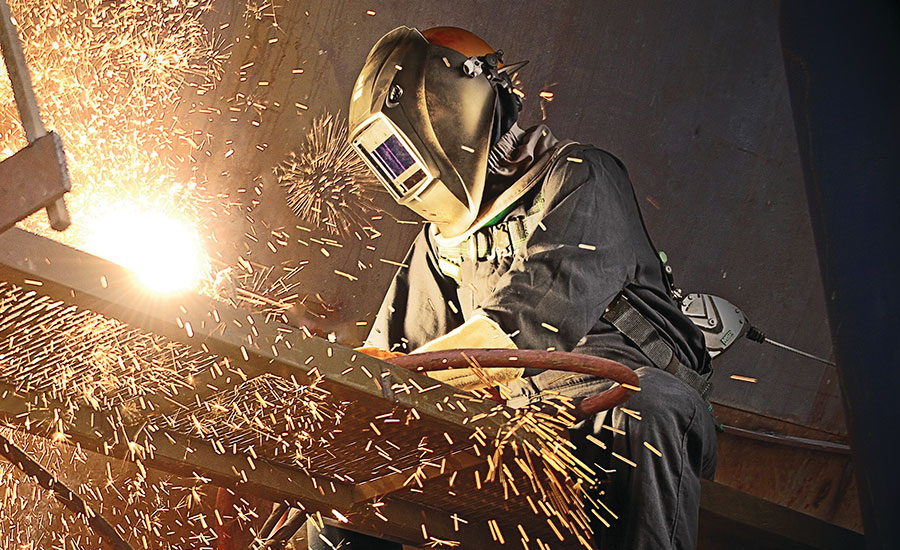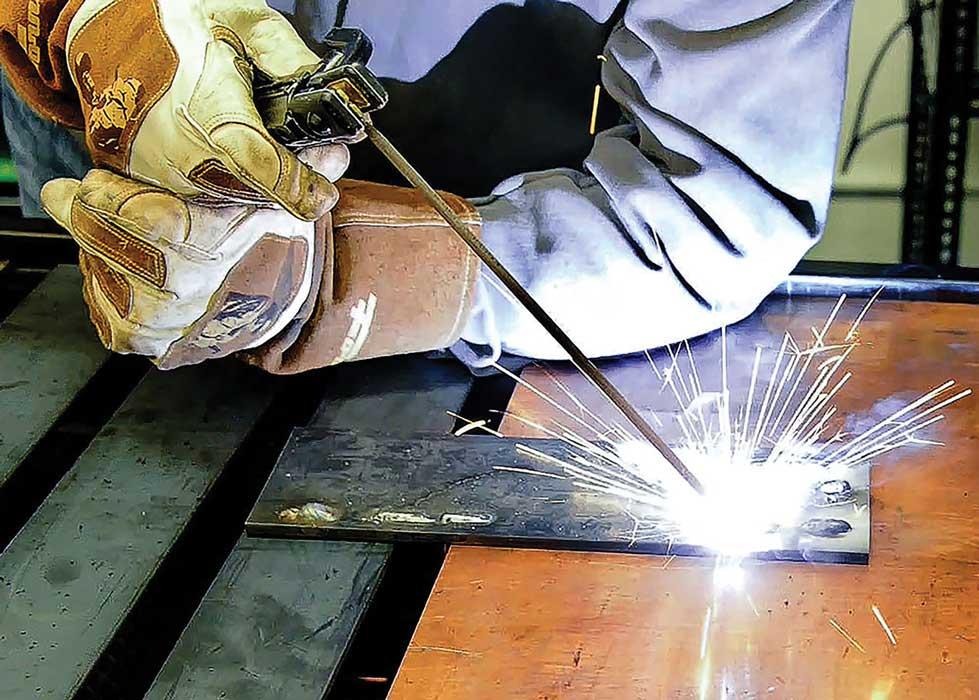The Ultimate Overview to Welding WPS Procedures: A Detailed Summary for Welders
In the detailed globe of welding, Welding Procedure Specs (WPS) serve as the backbone of making sure quality, uniformity, and safety in welding procedures (welding WPS). As we delve into the numerous components of a WPS and explore the intricacies of credentials and accreditation, we will certainly discover the crucial function these treatments play in the realm of welding.
Significance of WPS Procedures
Understanding the significance of Welding Treatment Specs (WPS) procedures is essential for guaranteeing the quality and integrity of bonded frameworks. WPS treatments offer as a roadmap for welders, describing the necessary actions, specifications, and materials needed to achieve an audio weld. By adhering to WPS standards, welders can make sure uniformity in their work, leading to structurally audio and trustworthy welds.
One of the key reasons why WPS procedures are important is their function in keeping weld high quality and honesty. Complying with the defined welding specifications and strategies laid out in the WPS helps avoid flaws such as porosity, fracturing, or insufficient blend, which can endanger the strength and sturdiness of the weld.

Elements of a WPS
A Welding Procedure Spec (WPS) usually consists of important parts that information the certain requirements for implementing a weld, ensuring uniformity and quality in the welding process. The key components of a WPS consist of important variables such as base steels, filler steels, preheat and interpass temperature levels, welding processes, shielding gases, welding settings, and post-weld heat therapy demands.
Base steels refer to the materials being signed up with, while filler steels are used to load the gap in between the base metals throughout welding. Preheat and interpass temperatures are critical for managing the heat input and protecting against problems like fracturing or distortion. The welding process details the specific technique to be made use of, whether it's gas metal arc welding (GMAW), protected metal arc welding (SMAW), or another technique. Protecting gases safeguard the weld swimming pool from atmospheric contamination. Welding settings define the alignments in which welding can be performed. Post-weld warm therapy may be needed to relieve anxieties and improve the weld's buildings. A thorough understanding of these components is critical for developing a efficient and extensive WPS.

Certification and Accreditation
Having established the important components of a Welding Procedure Specification (WPS), the focus now shifts towards the important elements of credentials and qualification in welding techniques.

Accreditation, on the other hand, is the formal recognition of a welder's credentials by a relevant qualification body or organization. Welding accreditations are commonly based on the details welding processes, materials, and placements a welder is qualified to function with. Holding a legitimate welding accreditation demonstrates that a welder satisfies industry requirements and is competent to carry out welding tasks to the needed requirements.
Creating a WPS
To develop a Welding Treatment Requirements (WPS) that fulfills sector standards, mindful consideration of welding procedures, products, and functional parameters is vital. The first step in producing a WPS is to identify the welding process to be used, such as gas metal arc welding (GMAW) or secured steel arc welding (SMAW)

Executing and Keeping Track Of WPS
Upon wrapping up the detailed Welding Procedure Spec (WPS) that carefully information welding processes, products, operational criteria, and quality guarantee steps, the emphasis shifts to successfully applying and monitoring the recognized procedures. Execution involves making sure that all welders involved in the job are acquainted with the WPS and follow it meticulously throughout the welding procedure. Effective application and monitoring of the WPS are important for ensuring the honesty, strength, and safety and security of the welded joints, ultimately contributing to the total success of the pop over here welding job.
Conclusion
Finally, understanding and following Welding Treatment Requirements (WPS) is essential for welders to make sure top quality, consistency, and safety in their work. By understanding the components of a WPS, acquiring correct credentials and accreditations, developing detailed treatments, and implementing and checking them effectively, welders can improve their skills and efficiency in welding techniques. Abiding by WPS treatments is crucial for producing premium welds and meeting market criteria.
In the complex world of welding, Welding Procedure Specifications (WPS) offer as the foundation of guaranteeing top quality, uniformity, and security in welding procedures. The welding process describes the specific technique to be utilized, whether it's gas steel arc welding (GMAW), secured metal arc welding (SMAW), or an additional technique.To establish click a Welding Treatment Specification (WPS) that satisfies market requirements, cautious consideration of welding processes, products, and functional parameters is important. find more The initial step in producing a WPS is to identify the welding process to be made use of, such as gas steel arc welding (GMAW) or secured steel arc welding (SMAW)Upon completing the thorough Welding Procedure Specification (WPS) that carefully information welding procedures, materials, functional criteria, and top quality guarantee steps, the emphasis shifts to successfully implementing and keeping track of the well-known treatments.